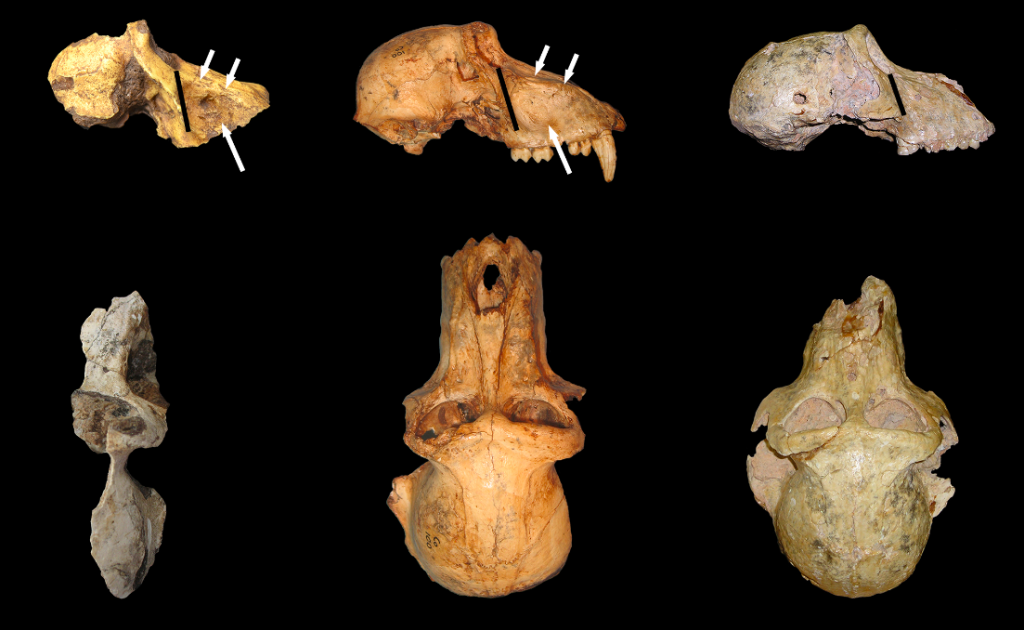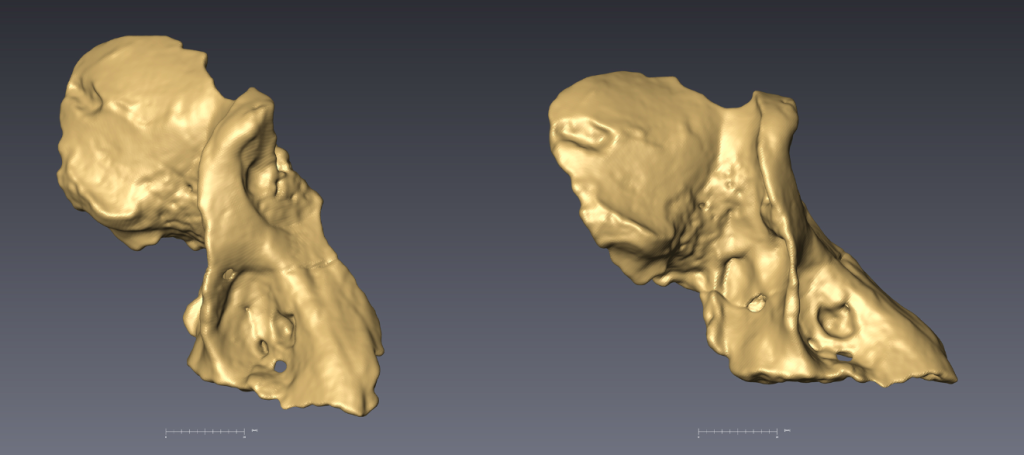Evidence of the earliest baboon found in the Cradle
Scientists have discovered the oldest fossilised remains of a baboon ever found.
In a statement, Wits University says researchers discovered the bones at the Malapa site in the Cradle of Humankind World Heritage Site. The site is where a partial skeleton of a new early hominin species, Australopithecus sediba, was discovered in 2010.
Earliest Baboon Found in #SouthAfricahttp://t.co/wT4AgVV2uS#paleontology#sciencepic.twitter.com/tcj9eVR63R
— BreakingScienceNews (@scinewscom) August 21, 2015The lead author of the study into the baboon fossils (which have been dated at around 2-million years old), Christopher Gilbert, says the find is significant because they are sometimes used as “comparitive models” for human evolution.
“According to molecular clock studies, baboons are estimated to have diverged from their closest relatives by ~1.8- to 2.2-million years ago; however, until now, most fossil specimens known within this time range have been either too fragmentary to be definitive or too primitive to be confirmed as members of the living species Papio hamadryas,” Gilbert is quoted as saying in the statement from Wits University.
The molecular clock technique uses the rate of change in the molecules of a fossil to deduce the time at which two species split from a common ancestor.

The baboon ancestor skull that was found at Malapa during excavations for Australopithecus sediba is of a species called Papio angusticeps. And the find, according to the study, suggests that it was in fact closely related to modern baboons, and quite possibly the earliest known members of the modern baboon species, Papio hamadryas.
“If you placed a number of Papio angusticeps specimens into a modern osteology collection, I don’t think you’d be able pick them out as any different from those of modern baboons from East and South Africa,” says Gilbert.

The findings are also expected to help narrow down the age of hominin sites in South Africa.
“Monkeys are widely recognised as key time-sensitive elements in the fossil record; the fact that the Malapa Papio angusticeps specimen is well dated allows future studies to better estimate the age of fossil sites where the species is found. South African early hominin sites, in particular, may be able to achieve more accurate age estimates on the basis of these new findings,” the statement says.